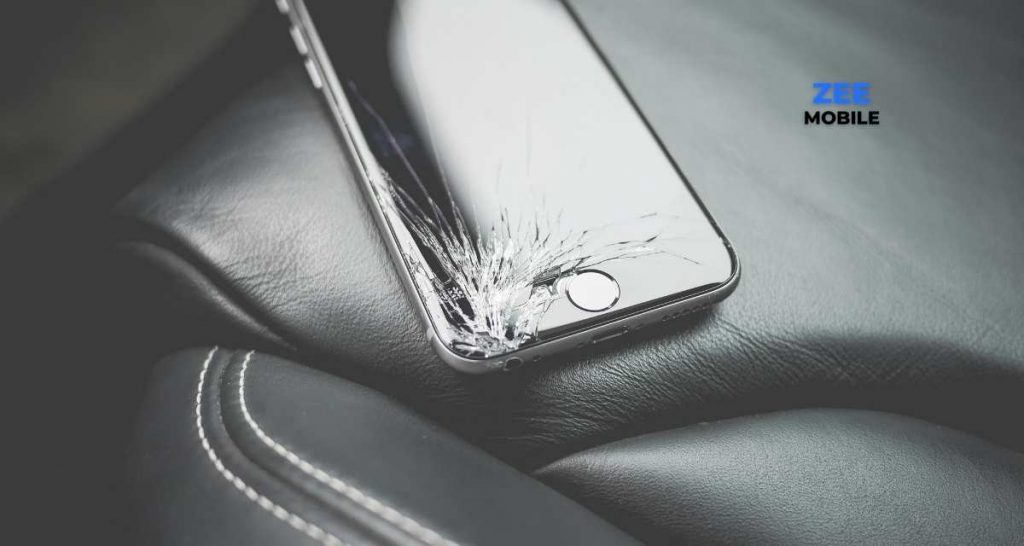
Suppose Apple and other tech companies have their way with third-party phone repair companies. Then It will be nearly impossible to have our iPhones, MacBooks repaired by third-party service providers.
Apple iPhone and other companies frequently change their design to make it challenging to repair or replace individual components by
- soldering the processor and flash memory to the motherboard
- gluing components together
- using non-standard pentalobe screws, making repairs challenging.
Does anyone care about the future of phone repair?
The right to repair refers to consumers’ ability to have their goods fixed at a competitive price. And be able to choose who will improve their phone.
Apple is enforcing its position as the dominant choice for iPhone and MacBook repair.
The company has lobbied against the right to repair in the United States and accused of deliberately slowing down iPhones with older batteries.
Opposition against the right to repair from tech companies is typical.
Cornering consumers into using their service centres increases their revenue and extends their market share.
In its defence, Apple has said third-party repair shops could use lower quality parts and make devices vulnerable to hackers.
And that the battery warning indicator is a safety feature. It is there to alert the users that an Apple repair centre or partners have replaced their phone battery.
The Independent repair provider program by apple in the u.s grants access to the parts and resources needed to fix devices.
Independent phone repair service shops in 32 countries can now apply, but the scheme has yet to extend outside the US.
Impact on users
Apple is making it hard for third-party phone repair shops to fix the device, extending users’ reliance on its help.
Apple has raised the repair prices for iPhone 12 by 40%, compared with the iPhone 11.
The Company charges about $359 for an iPhone 12 screen repair outside of warranty and $109 for the battery replacement.
Historically, third-party repair shops have been a cheaper option. But using a third-party phone repair company for an iPhone 12 will cause the camera to disfunction.
According to reports, fixing the iPhone 12’s camera requires Apple’s App available only to the company’s authorized technicians.
Samsung’s flagship phones are also quite tricky to fix for a third-party phone repair company.
Impact on environment
When certain parts for repairs aren’t available, manufacturers will produce new phones instead, consuming more energy and resources. Manufacturing one smartphone consumes as much power as using it for ten years. The cost of smartphones and computers is on the rise.
And more complex to fix, consumers may be more likely to dispose of their devices when something goes wrong.
As smartphones become harder to repair, electronic waste will grow. Apple and Samsung both cited environmental benefits when they announced they would no longer ship chargers with their phones.
Yet, they’ve turned a blind eye to the environmental damage that would arise from ultimately cornering the repair market.
The average Australian home has 6.7 devices, including televisions, personal computers, laptops, tablets and smartphones. With diminishing opportunities for repair, the environmental burden from disposing of these devices will increase.
future of phone repair, What Are We Doing About It?
Phone giants make it challenging for third-party repair professionals to do their job in a variety of ways. Such as changing designs, adding hurdles to the repair process. And restricting access to parts, diagnostic software and repair documentation.
Meanwhile, consumers continue to foot the hefty bill.
Third-party cell phone repair services make less or no money at all.
Legislative reforms have come to effect in the European Union and Massachusetts to fight and remove repair barriers outside Australia. In Canada, the United Kingdom, and the United States.
France has introduced a Repairability Index requiring electrical and electronic companies to inform consumers about their products and repairability.
It reflects the ease of repairability, availability and price of spare parts and availability of technical repair documents.
France’s Repairability Index tool helps consumers make informed choices about which device they purchase. France Ministry of Ecological Transition
The path is moving forward.
Until the push for the right to repair legislative reform gathers pace globally. Consumers will have little choice but to pay up to big companies to access their authorized repair services.
They will lose their warranty and end up with a non-functional device and even infringing upon the manufacturers’ software copyrights.
Ideally, phone companies would assist customers and third-party professionals with the repair process in 2 ways.
- Provide replacement parts for the user.
- Provide Repair documentation and diagnostic tools to third-party repair shops.
It would also help Apple and Samsung reduce their carbon footprint and achieve their environmental goals.
Although the way things are going, it’s unlikely tech companies will be able to escape their self-inflicted repair obligations.
Apple CEO Jeff Williams has said we believe the safest and most reliable repair is by a trained technician. Using genuine parts that have been properly engineered and rigorously tested.
But with only so much workforce available to Apple, sharing the load with smaller repair shops will help.
Must take a right to repair seriously by implementing consistent repairability scores across the globe.

If you require assistance, please call us on 778 951 1181 during regular business hours. Thank you